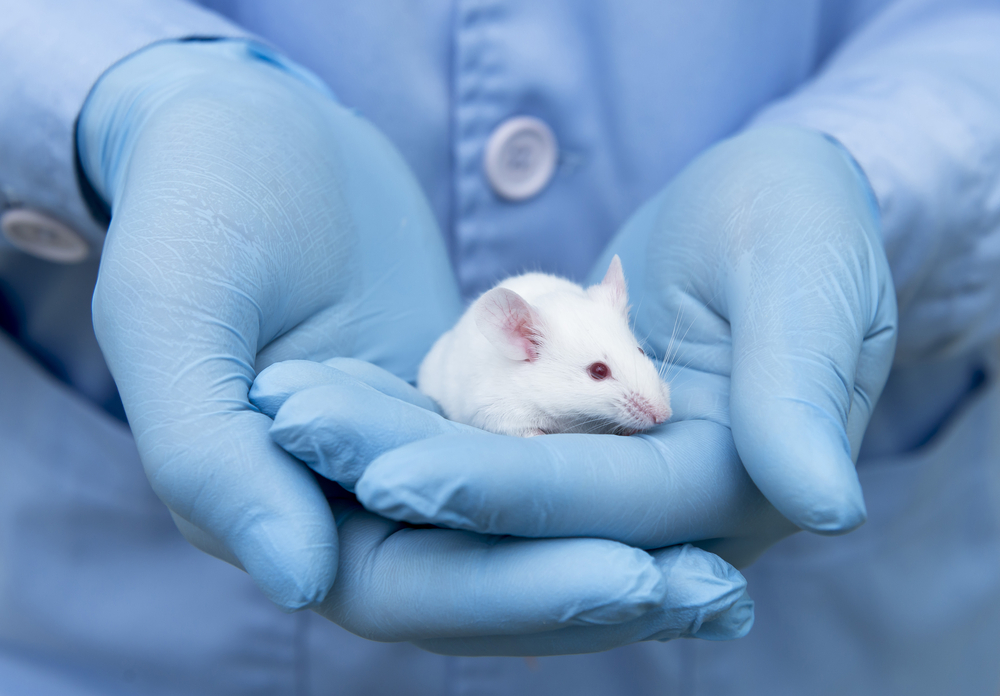MBD2 Protein Eyed as Potential Therapeutic Target for PF
Written by |

Suppressing MBD2, a DNA-binding protein, reduced the number of pro-fibrotic macrophages — a type of immune cell involved in pulmonary fibrosis (PF) progression — and lessened lung injury and scarring in a mouse model of PF, a study shows.
These findings, based initially on the identification of higher-than-normal MBD2 levels in lung tissue from different types of PF patients, including cases triggered by COVID-19 infection, suggest that blocking MBD2 may be a new potential therapeutic approach for PF.
The study, “MBD2 serves as a viable target against pulmonary fibrosis by inhibiting macrophage M2 program,” was published in the journal Science Advances.
Myofibroblasts, cells involved in wound healing, are the main drivers of fibrosis, but they do not act on their own. They are called into action by the body’s “first responders,” or macrophages, which are immune cells that patrol the tissues looking for signs of trouble.
A special type of “pro-fibrotic” macrophages, called M2 macrophages, were shown to promote myofibroblast maturation through the production of TGF-beta 1 — a key pro-inflammatory and pro-fibrotic molecule.
A team of researchers in China now have found that a protein called MBD2 promotes the formation of pro-fibrotic M2 macrophages and that it may be a new potential therapeutic target to lessen fibrosis in people with PF.
MBD2 is an epigenetic regulator, meaning that it is involved in the creation, detection, or interpretation of epigenetic signals — chemical modifications added to DNA that influence genes’ activity without altering their underlying DNA sequence. Notably, previous studies suggested that epigenetic changes may contribute to PF.
The team first found that MBD2 was present at higher-than-normal levels in macrophages in the lungs of different types of PF patients — including those with idiopathic PF, systemic sclerosis-associated interstitial lung disease, and COVID-19 — and of a mouse model of PF. The model is based on the exposure of healthy mice to bleomycin, a chemical that triggers inflammation and fibrosis.
In addition, PF progression in these mice was associated with the accumulation of M2 macrophages and higher MBD2 levels in the lungs, suggesting that “pulmonary fibrosis with different origins are characterized by the induction of MBD2 [overproduction] in M2 macrophages,” the researchers wrote.
To clarify MBD2’s role, the team genetically deleted the MBD2 gene, which contains the information to produce the MBD2 protein, specifically in the macrophages of these mice.
Results showed that the absence of MBD2 significantly lessened bleomycin-induced lung injury and fibrosis, which was associated with a significant drop in M2 macrophages and TGF-beta 1 levels.
In addition, administering tiny vesicles, filled with a molecule specifically targeting MBD2, directly into the mice’s trachea (windpipes) protected them from bleomycin-induced lung injury and fibrosis. This was accompanied by a significant reduction in the levels of fibrotic and M2 macrophage markers in the lungs.
Further analysis showed that MBD2 regulates macrophages’ M2 program without affecting the cells’ maturation into M1, their other activated state. The epigenetic regulator does that by binding to epigenetic marks in a gene called SHIP, by which it suppresses SHIP activity and boosts the PI3K/Akt signaling, which “is essential to activate and sustain macrophage M2 program,” the researchers wrote.
“Together, our data support that MBD2 could be a viable target against pulmonary fibrosis in clinical settings,” the team wrote, adding that a similar therapeutic approach to that used in this study could be a viable option to test in future PF clinical trials.
In addition, since other lung cells relevant to PF also showed higher-than-normal levels of MBD2, the team plans to conduct additional studies to assess its significance and potential contribution to PF.






